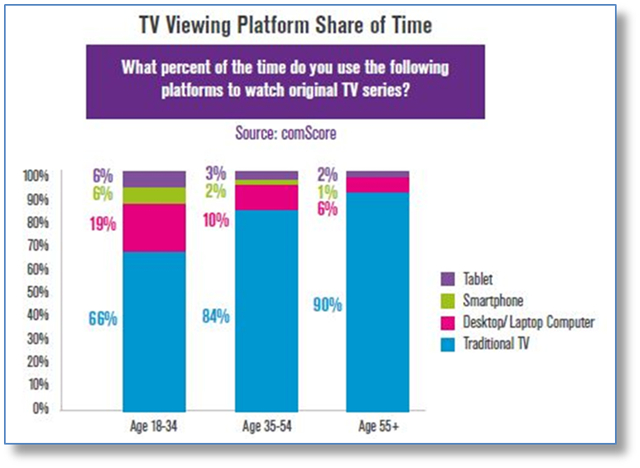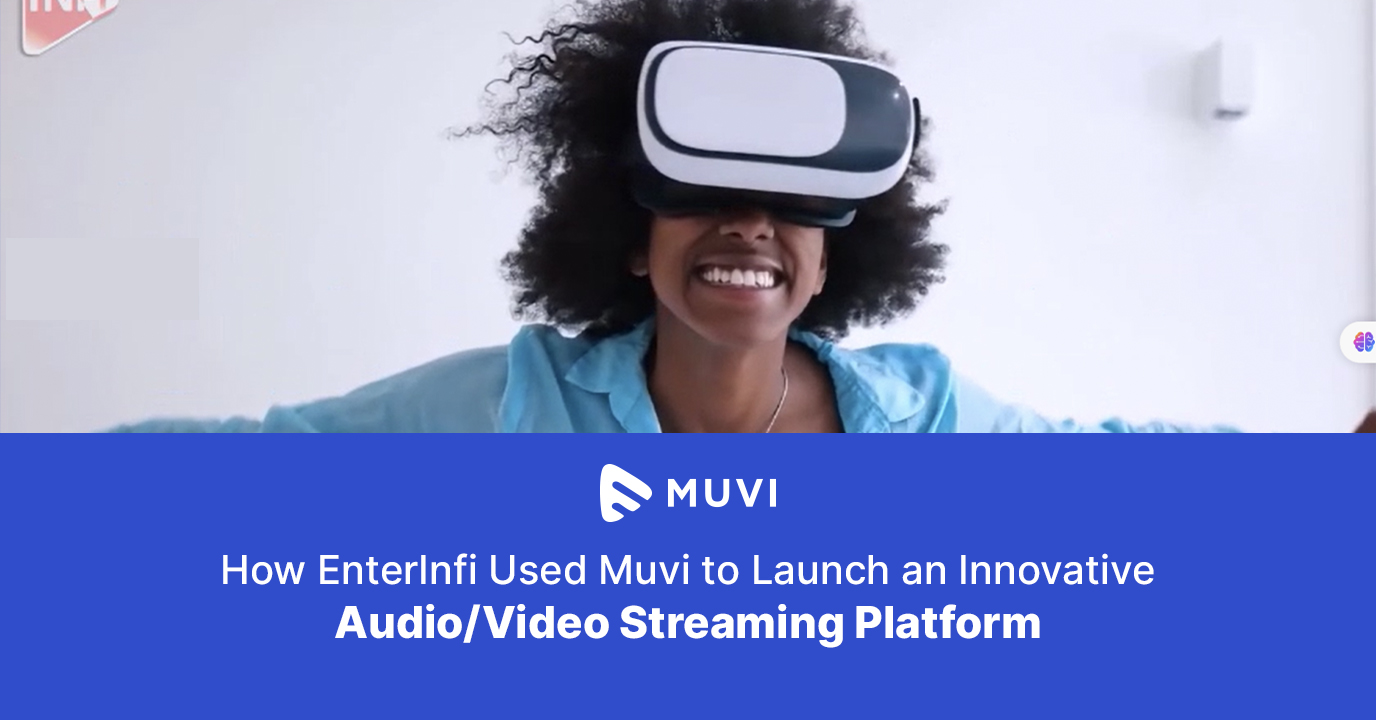Written by: Roshan Dwivedi
Millennials prefer SVOD (subscription video on demand service) and OTT video (over-the-top) TV watching to traditional TV, cable, or satellite viewing. NPD Group’s Connected Home Intelligence Report reported that adults aged 18-34 make up the only age group to have more TV viewers watching OTT video, such as Netflix, Hulu Plus and Amazon Prime. Mainstreet also refers to another survey of 2,000 TV viewers by the Fiber to the Home Council that “among those under 35, one in eight said they get all of their TV and movie programming online, without any paid broadcast or cable TV programming, and only one in three say they watch TV the traditional way.” Further, Research firm, SNL Kagan, “confirms those who pay for TV through cable, satellite or fiber services has decreased by more than a quarter of a million Americans…” Mainstreet contends that “with SVOD using a streaming device connecting your TV to the Internet, there is now the option of cutting out the paid cable subscription service (and bill) entirely…”
This is one of the reasons that Mark Burnett and Roma Downey in their service to the ongoing Renaissance of artistry and Reformation of content in media have been developing a faith-based internet channel with United Artists Media Group (UAMG). This channel with UAMG has been planned as an over-the-top video channel dedicated to faith-based content. UAMG has been developing this OTT service (over the top, direct to consumer, internet service) to be made available to audiences worldwide. It has been planned to include: original content; premium film and TV catalog titles; Christian music videos; “portals” to regional and national congregations; sermons from around the globe; various short-form faith-based videos; and a return to the greatest story ever told, the Bible, on this digital channel. Downey and Burnett have been planning for internet television (also known as online television) the digital distribution of television content over the public Internet. Over the Top (OTT) delivers video, television and other services over the internet rather than via a service provider’s own dedicated, managed IPTV (Internet Protocol television).
Read the entire story here.














Add your comment